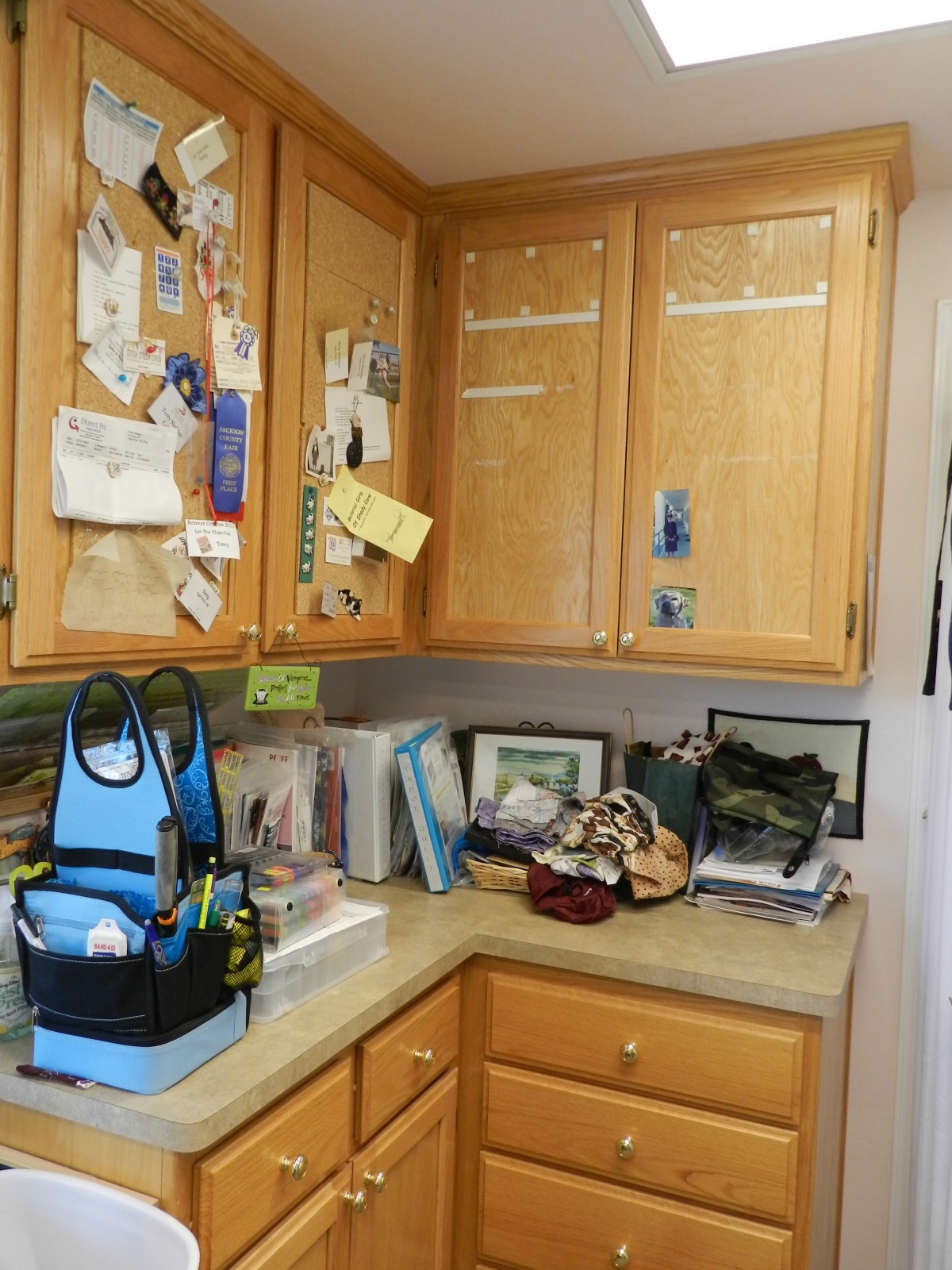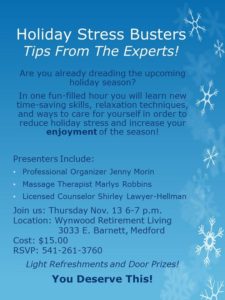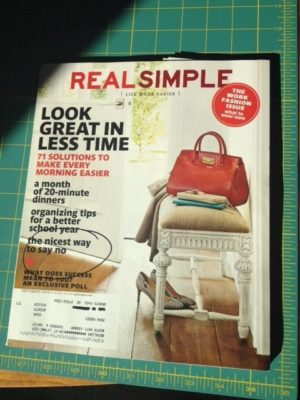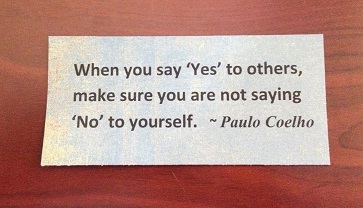 Clutter. It magically accumulates, it seems. We bring home groceries, the mail, the junk mail, meeting agendas, et cetera. Follow these 7 tips to quickly clear your counter, desk, or command center.
Clutter. It magically accumulates, it seems. We bring home groceries, the mail, the junk mail, meeting agendas, et cetera. Follow these 7 tips to quickly clear your counter, desk, or command center.
- Envision what you’d like the counter or desk to look like for inspiration to get started.
- Sort the clutter into piles of like items, for example unpaid bills in 1 pile, paid bills in another, invitations in another, junk mail (or just immediately recycle junk mail), etc.
- Put away all the papers that don’t require further actions if they are needed for record keeping, and Ruthlessly recycle those you have no further actions on or don’t intend to do anything about. Be Ruthless, not reckless!
- For items that don’t have a file or a “home” established, put them in the first place you think of. That way, the way your brain works, you will think of that place first when you need to locate the item.
- Set up an in-basket for all other paper or items requiring action from you. This includes mail, prescriptions you need to fill, the online health signup you got a letter about, Post-its that have notes to yourself, everything.
- Get to the bottom of your in-basket daily or at least every 3 days so nothing falls through the cracks.
- Schedule a 10-15 minute time for yourself every day to go through the in-basket. This is what organizers call Maintenance. Pick the most likely time of day for yourself, when you feel the most ambitious.





 have any fears, tendencies or habits to overcome? How can you overcome them? Record your ideas.
have any fears, tendencies or habits to overcome? How can you overcome them? Record your ideas.



 I just have to crow about being ahead of the curve with my 8 ways to Say No blog in August.
I just have to crow about being ahead of the curve with my 8 ways to Say No blog in August. A legitimate fear: it is much easier in the short term to say ‘Yes’ and have the asker be happy and grateful to you. Nobody likes being told no. See Tip #2 below!
A legitimate fear: it is much easier in the short term to say ‘Yes’ and have the asker be happy and grateful to you. Nobody likes being told no. See Tip #2 below!






